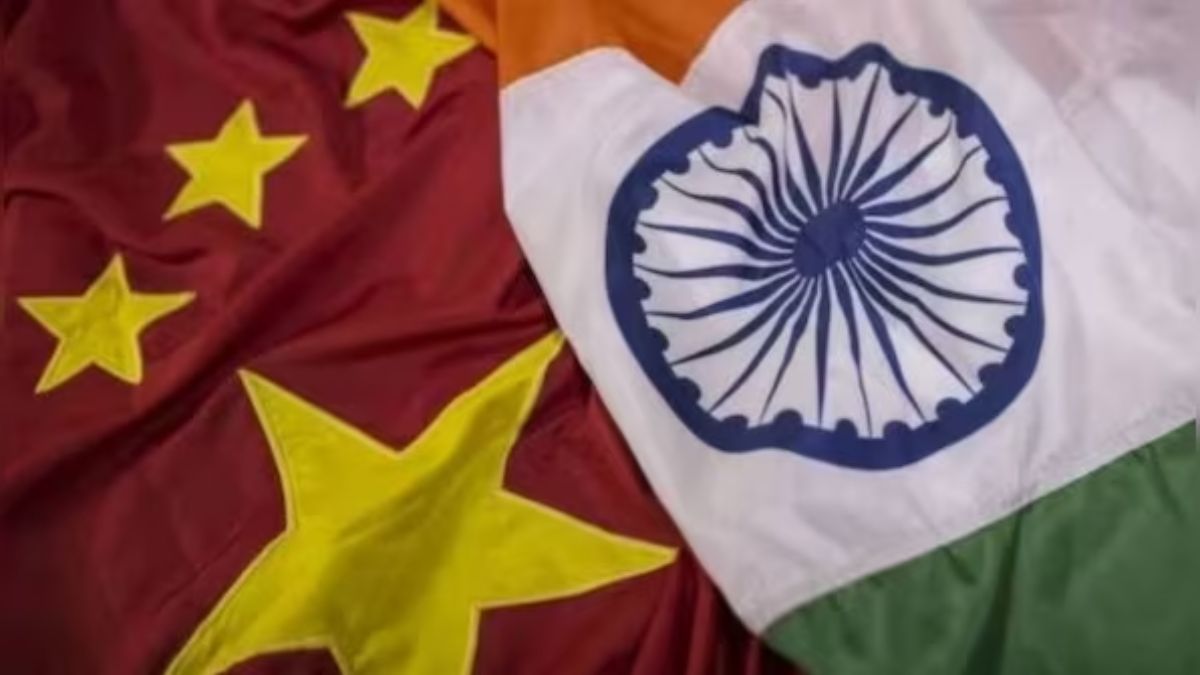Seven years ago, this month in 2010, Jats began their tryst with reservation in education and jobs. It has been a roller coaster ride for the community since. During this time, the laddoo of quota has come comfortably close to their mouths multiple times only to be snatched away by the judiciary before they could even taste it. The community has tried every trick in the book that others have employed to get on the quota bus, from peaceful protests to breaking and burning things. However, the much-sought-after tag of ‘backwardness’ has remained elusive.
In the meantime, much ink has been spilled either justifying or questioning the demands for quota from a seemingly affluent caste. Christophe Jaffrelot, diagnosing the quota demands of Jats, writes that “21.5 percent of the Jats of Haryana do not earn more than 4 percent of the caste’s income with a mean income of Rs 11,191 — half the average income of the SCs!” An article in Swarajya has poked many holes in Supreme Court’s reasoning in the case which cancelled inclusion of Jats in the central OBC list. The apex court is seen arguing that just because other more affluent castes than Jats have wrongly got the share in the quota pie, it doesn’t mean it will let Jats enjoy it too. Opponent of Jat quota point towards their sizable share in government posts, well-enough representation in political class and strong social status.
However, all these complex debates revolving around constitutional arguments, economic and social parameters seem to have missed an important development. The pie of government jobs for Jats in Haryana shrinks every time they stand up to revolt against the status quo.
Consider the quota situation in Haryana on 1 July 2010, seven years ago, when the clamour for reservation hadn’t started. Twenty percent seats were reserved for Scheduled Castes (SC) in both Class III & IV and Class I & II jobs. Backward Classes (BC) category was split into two further categories: BC (A) and BC (B). BC (A), which comprised of 67 castes, got 16 percent reservation while BC (B), which comprised of 6 castes, got 11 percent reservation in Class III & IV posts. Both categories got 10 percent reservation in Class I & II posts. Here’s how the quota composition looked like:
| Class I & II | Class III & IV | |
|---|---|---|
| Scheduled Caste (SC) | 20% | 20% |
| Backward Classes (A) Backward Classes (B) | 10% | 16% 11% |
| Total Reserved Posts | 30% | 47% |
| % of seats Jats could compete in | 70% | 53% |
After months of sustained protests and the death of an individual, the Congress-led government at the Centre, already battered by numerous scams, thought it would be wise to keep itself in the community’s good books. In March 2011, it tweaked certain rules so that National Commission Of Backward Classes (NCBC) could reconsider its earlier ruling which had said that Jats didn’t deserve the ‘backward’ tag. In April, the Congress government in Haryana reconstituted the state’s backward class commission under the chairmanship of KC Gupta.
In all probability, this was done to smoothen the legal hurdles that might arise in the future and provide an institutional backing to the government’s decision that was all but inevitable. Unsurprisingly then, the Haryana government created Special Backward Classes (SBC) category and provided 10 percent reservation to six communities including Jats in Class III & IV posts based on Gupta commission’s report. Also, based on the same report, 10 percent reservation in Class III & IV was also given to poor people of hitherto unreserved upper castes under Economically Backward Classes (EBC) category. Later, the state government extended the reservation to Class I & II posts by allotting separate 5 percent quota to BC (B), same share to SBC and 4 percent share to EBC. This is how the quota scene looked at the start of 2015:
| Class I & II | Class III & IV | |
|---|---|---|
| Scheduled Caste (SC) | 20% | 20% |
| BC (A) | 10% | 16% |
| BC (B) | 5% | 11% |
| SBC | 5% | 10% |
| EBC | 4% | 10% |
| Total | 44% | 67% |
| % of seats Jats could compete in | 56% open + 5% reserved = 61% | 33% open + 10% reserved = 43% |
As one can see, Jats could compete in 70 percent seats prior to 2011 in Class I & II posts which reduced to 61 percent in 2015. In Class III & IV posts, the same share for Jats reduced from 53 percent to 43 percent. After years of protests, breaking and burning, and wasting crores of cash, the community ended up hurting itself more than anyone else.
In 2015, the Supreme Court cancelled the inclusion of Jats in the Centre list, a decision the Congress government had taken one day before the 2014 General Election Code of Conduct was about to kick in. The decision was taken on the basis of the Gupta Commission report. Effectively, the Supreme Court quashed the commission’s report. Based on the apex court’s decision, the Punjab and Haryana High Court nullified Haryana government’s decision to carve out SBC category to give quota to Jats.
In February 2016, Jats again mobilised themselves and how. What started out as peaceful dharnas blocking roads and railways soon turned the state into an inter-caste battlefield as OBC castes engaged in counter-mobilisation of their own and clashed with Jat protesters. Neither the police nor the army could control the situation. Scores of people died, mostly Jats. Tens of crores of public property was vandalised and arsoned. The inter-caste harmony in the state laid in tatters and perhaps will lie so for years to come, if not decades. And what did Jats achieve in exchange? The BJP government in Haryana passed a bill in March 2016. This is how the quota setup stands now:
| Class I & II | Class III & IV | |
|---|---|---|
| Scheduled Caste (SC) | 20% | 20% |
| BC (A) | 11% | 16% |
| BC (B) | 6% | 11% |
| SBC | 6% | 10% |
| EBC | 4% | 10% |
| Total | 47% | 67% |
| % of posts Jats could compete in | 53% open + 6% reserved = 59% | 33% open + 10% reserved = 43% |
There was no change in the share of Class III & IV posts but the proportion of posts Jats could compete in Class I & II further shrank by 2 percent.
This is the proposed setup and not the one currently in force as the cases are sub-judice. The Punjab and Haryana High Court is yet to give final judgment on the constitutionality of the bill passed last year by the BJP government. The court had concluded the case back in March. However, it decided to reserve the judgment.
To conclude, in 2010, Jats could compete in 70 percent and 53 percent posts under Class I & II and Class III & IV respectively. Today, if the bill is held constitutional, they would be able to do so only in 59 percent and 43 percent posts respectively.
So, the question one must ask is: Who is benefiting from these Jat quota protests? Surely, it’s not the community. Ironically, the OBCs in Haryana which have been most vocal in their opposition to giving quota to Jats stand to benefit the most from such a development.
With inputs from Shri Ram Kanwar, Professor (retd), Haryana Agriculture University, Hisar.


)




)
)
)
)
)
)
)
)